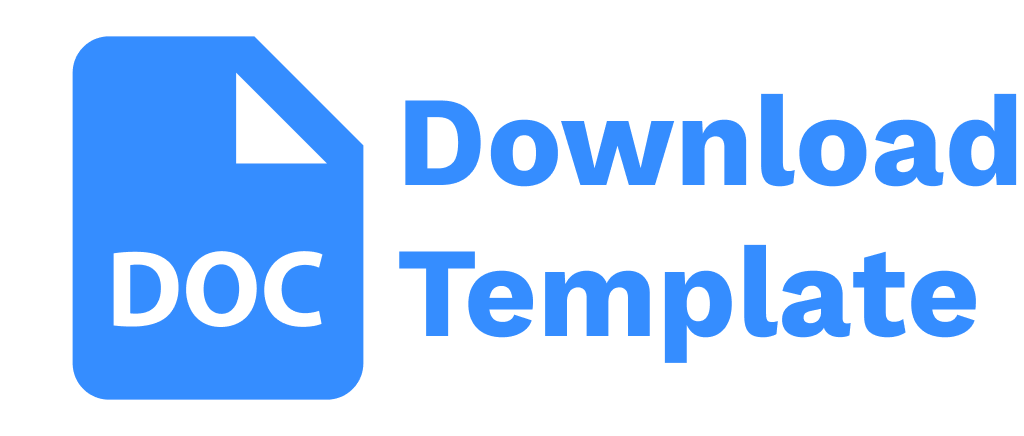The Effect of Synectic Learning Models in Developing Student Creativity
Pengaruh Model Pembelajaran Sinektik Dalam Mengembangkan Kreativitas Peserta Didik
DOI:
https://doi.org/10.21070/madrosatuna.v4i2.1039Keywords:
Effectiveness, Synectic Learning, CreativityAbstract
In the 21st century, one of the learning outcomes that students must have is creativity. Creating creative human resources can be through education or learning, one of which is by using a synectic learning model. The synectic learning model has a syntax that can foster student creativity. This study aimed to examine differences in the creative learning outcomes of students who are taught with the synectic model and students who learn using conventional learning models. The research method used is quasi-experimental. This research was conducted in January-February 2020. The population of this study was students in grade 3 at MI Bahrul Ulum Blawi with Indonesian subjects. The sampling method used was cluster random sampling. In this study, the sample was 2 classes using random sample sampling, one class as a control class taught using conventional methods, and one class as an experimental class taught using the synectic learning model. The number of research subjects in the experimental class was 22 students, and the control class consisted of 20 students. The research analysis used an independent sample t-test. The study results concluded that there was an influence between the synectic learning model on students' creativity in Indonesian lessons.
References
Beghetto, R. A. (2016). Creative Learning: A Fresh Look. Journal of Cognitive Edu- cation and Psychology 15, 6–23. doi: 10.1891/1945-8959.15.1.6.
Brierley, J. (1984). Human Birthright: Giving the Young Brain a Chance (London: BAECE).
Catur Utami Munandar, S. (1977). Creativity and Education (Jakarta: Departemen Pendidikan dan Kebudayaan).
Cropley, A. J. (1994). More Ways Than One: Fostering Creativity (New Jersey: Albex).
Greenstein, L. (2012). Assesing 21st Century Skills: A Guide to Evaluating Mastery and Authentic Learning (California: Corwin A SAGA Company).
Guilford, J. P. (1956). The structure of intellect. Psychological Bulletin 53, 267–293. doi: 10.1037/h0040755.
Joyce, B. R., Weil, M., and Showers, B. (2009). Models of Teaching (Universitas Michigan: Allyn & Bacon), 1–492.
Lie, A. (2004). Cooperative Learning, Memperaktikkan Cooperative Learning Di Ruang-Ruang Kelas (Jakarta: Gramedia).
Munandar (2009). Pengembangan Kreativitas Anak Berbakat (Jakarta: PT. Rineka Cipta).
Rahayu, Y. S. (2016). Penerapan Model Sinektik Berorientasi Berfikir Kreatif dalam Pembelajaran Menulis Deskripsi Siswa SMP. http://repository.unpas.ac.id/13961/.
Schmidt, P. B. (2006). Creativity And Coping Later Life. Generation 30, 27–31. Suryaman, M. (2012). Metodologi Pembelajaran Bahasa (Yogyakarta: Univerisitas Negeri Yogyakarta Press).
Umar, M. (2016). Inovasi Pembelajaran Bahasa Indonesia Melalui Pendekatan Proses. Jurnal Retorika 9, 90–106. doi: https://doi.org/10.26858/retorika.v9i2. 3806.
Vidal, R. V. V. (2005). Creativity for Operation Researchers. Portugal: Investigation and Operational. Investigation and Operational 25. doi: https://doi.org/10.1590/ S0101-74382006000100004.







